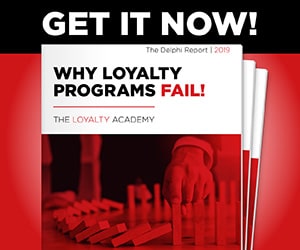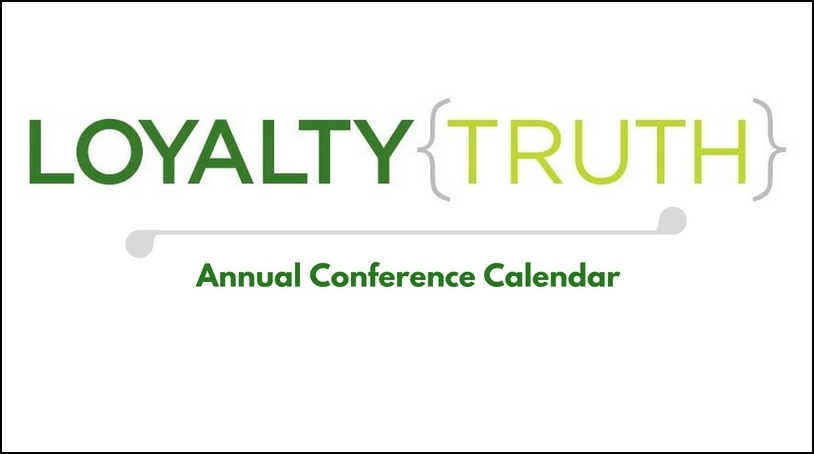I was fortunate to start the year participating in a Leadership conference. I can’t share details of the event for reasons of confidentiality, but can say that listening to consecutive sessions with Gary Loveman and Marcus Buckingham speaking about how they approach leadership issues was a memorable treat.
Gary Loveman is CEO and President Caesars Entertainment Corporation and is the mastermind behind Total Rewards. Total Rewards is widely recognized as one of the most successful loyalty programs in North America when measured by the level of customer engagement, increased wallet share and profitability resulting from the program.
Marcus Buckingham is a phenom in reshaping thought about leadership and management issues and shares a unique perspective on how to improve relationships and personal effectiveness at work and in personal life. You can find a sample of his work here.
Both of these gentleman linked their talks to the loyalty business and set a bar to consider as we set goals in the New Year.
Loveman discarded conventional marketing approaches and built the strategy for Total Rewards through adoption of a predictive approach to customer data . In one of his first moves after joining the company, he had the courage to relieve a marketing staff composed of traditional direct marketers of their duties, replacing them with data gurus.
Loveman was not afraid to make mistakes as algorithms were tested and hardened for their value. Over time, he established one of the highest functioning business intelligence operations in the world. As he shared in our group, too many loyalty programs focus on activity and frequency rather than profitability. Gary had his statistical jocks seek increased wallet share, spend, and other behaviors that predicted the creation of incremental income.
Buckingham shared practical tools that anyone committed to improving personal performance could put to use. He insisted that too many people waste time closing gaps on their weaknesses when capitalizing on strengths could lead to more impactful results. He described an opportunity cost scenario with time as the currency to spend.
He advocated that solidifying advantage could lead to better results than trying to “do it all”. I liken this to the triathlete who has a finite time to train (don’t we all?). Investing that time to improve times across the swim, bike and run might seem sensible, but Buckingham-style time allocation would say otherwise. Improve your swim time and you might save 10 minutes over a 10 hour Ironman day. Improve your cycling ability and you might save one hour, likewise the run, where significant time savings beckon. Buckingham’s message was clear – invest time and resource where the upside potential is greatest in order to reap the greatest return on time invested.
Both men advocated servant leadership as an effective style, if not mentioning the term by name. Loveman was bold in his beliefs, yet humble in his willingness to experiment with techniques until the job was done. Buckingham urged his audience to engage a personal board of directors and to seek outside advice from these trusted advisors in order to effect continuous improvement.
While Loveman made his points in the context of Total Rewards, Buckingham was more general. I took away the following connections to the loyalty business for 2013:
- You can’t risk-manage your way to innovate, differentiate and succeed in today’s highly competitive market, Companies willing to look outside of their competitive set to inspire strategy and have the courage to learn through testing will get farther, faster than those which wait until the stars are aligned before taking action. My name for this process is “agile strategic planning” and I have several personal cases that prove innovation can be fostered in this environment.
- You also can’t win by counting pennies. Loyalty program costs will always be easier to identify with than the forecasted benefit from lift, shift, and retention assumptions. I’m not advocating being frivolous with marketing budget, but urge a balance between budget management and a focus on the numerous avenues of financial upside that are available from loyalty programs today.
In 2013, you might want to consider seeking advice from the broader set of smart people on your team, and don’t be afraid to take some calculated risks. Like Michael Jordan was known to say “I have failed many times, and that’s why I am a success.”




